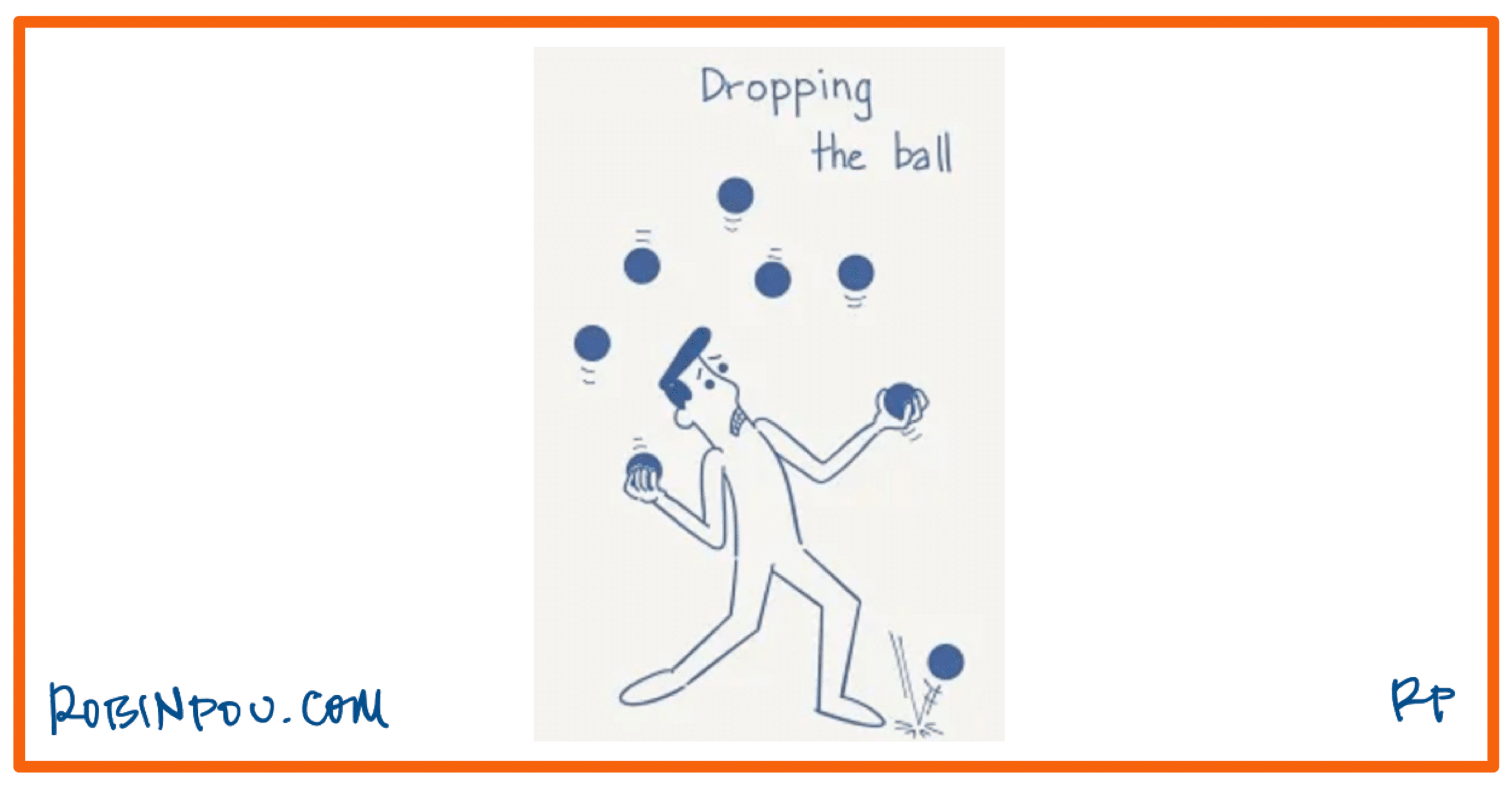Having a High Standard Is Hard as a Leader. (#215)

The Confident Leader
BOOST YOUR LEADERSHIP IN UNCERTAIN TIMES
If you serve clients in and through your team, sometimes they make mistakes, and your standard of excellence is unmet. Should you lower your standards? Perhaps there is a better way.
“I’m not a perfectionist; I just have exceptionally high standards.”
This Week’s Edition
When you delegate to others, you risk that they may drop the ball and deliver something less than your standards. What’s a leader to do?
Clarify Your Thinking
I was in several coaching sessions this past month with different leaders describing significant issues caused by the failure of their team members to serve the clients well.
Each leader shared the negative impact on the client and the risk to the brand’s reputation. Almost to a person, each leader’s instinctive solution was to jump in and solve the dilemma themselves given the high stakes – the client’s expectations.
Interestingly, the proverbial Leadership Textbook frowns on this approach as it enables poor performance – how will the team member learn to do it (and do it well) if there is a perpetual safety net?
Each leader recognized the inherent dilemma they faced, “should the client suffer while my team member “learns” and provides substandard service?”
Old Thinking: I’ve trained this person. They are failing to meet the service standards of this organization. It is hurting our clients. I’ll do the work for them. It’s too important.
New Thinking: I’m shocked at the failure to perform by this team member. The negative impact is serious. I’ve got to use this as an opportunity to coach them. If they don’t correct, I’ll determine if they have a role on the team going forward.

Thoughts Lead to Actions
The leader is on the hook for the performance level of their team. It’s their relationship and the company’s reputation that’s on the line. On some level, the team members don’t have true skin in the game.
Therefore, it’s good to remember that mistakes happen, and excellent client service is not about perfection. Think about these three steps when a “mistake” happens:
Step 1: Own it
- Call the client immediately and own the mistake.
Step 2: Solve it
- Commit to solving the problem to their satisfaction.
Step 3: Fix it
- Share with the client how you are improving your process.
With your client taken care of, turn your attention to your other priority, your team member. Think about this framework for these types of employee situations:
Inspire… do they know the “why” behind the task?
- Give them context to help them understand the entire process.
Teach… do they know what they are supposed to do?
- Test for alignment by having them say it back.
Train… have them practice the tasks while you shadow them.
- Running the “plays” in practice mode will assist in their learning
Coach… when they make a mistake, ask them two power questions:
- What was the correction?
- What was the mistake?
You will know they are engaged and progressing when they can identify the mistake and give you a fairly decent corrective approach. If your team can do the “task” to 80% of the degree, you would let them. That’s the leverage afforded by leadership.
Boost Your Performance
Watch this week’s video for more insights on how to satisfy your clients AND train your team to meet your standards.

What’s Your Opinion?
How do you juggle your client’s expectations and training your team? Let me know: robin.pou@robinpou.com
If you are going to be a leader, you might as well be a good one. Don’t let doubt count you out. Have a confident week!

Robin Pou, Chief Advisor and Strategist
We live to make bad leadership extinct so forward this newsletter to others who strive to be confident leaders.
SUBSCRIBE TO THE CONFIDENT LEADER
Let’s Connect
Follow me on Linkedin, Facebook and Twitter.
What is “The Confident Leader”?
During the Covid-19 Pandemic, I began a video series called “Panic or Plan?” It was designed to equip leaders to navigate the doubt they experienced and to rise in the confidence they needed to lead during turbulent times. It took off. I then started this newsletter to equip leaders in the same fashion each week for the doubt that crashes across the bow of their leaderSHIP.

